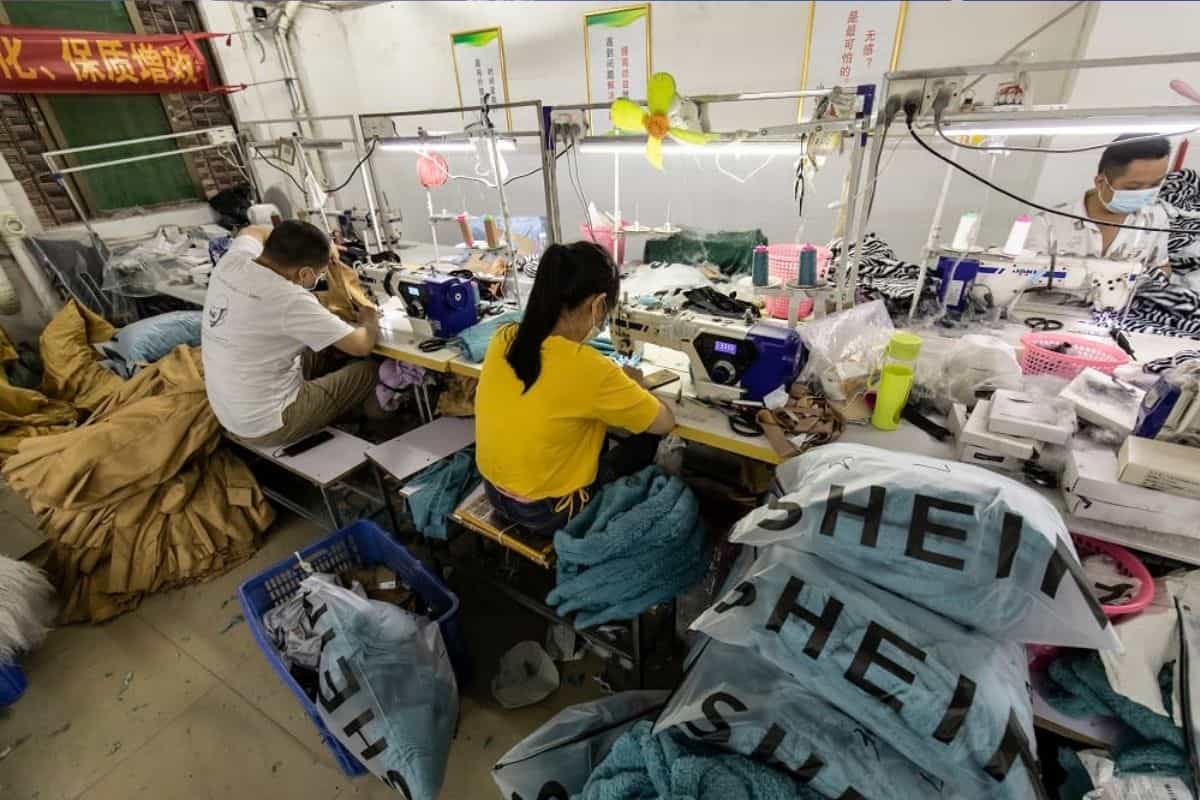A documentary has shed light on what is behind the “Shein village” with over 5,000 factories working to supply Shein under inhumane conditions

©PublicEye
At the heart of Guangzhou, China, is a region named Panyu, now infamous as the “Shein village.” There, over 5,000 factories work day and night to feed the world’s fast fashion giant, Shein. Images taken by the BBC and first-hand accounts from the area describe a harrowing picture: workers work 75-hour weeks, are paid per piece, and receive barely any days off. All to manufacture garments which sell for less than $15.
“The Chinese Labor Law requires a cap of 44 hours a week and one day off.”
But it is not unusual to hear factory workers say they arrive at work month after month, sometimes until far into the evening. Some do so with resignation, others out of national pride to be able to refer to Shein as a “Chinese contribution to the world.” All of this should not be allowed to justify the system that in its own corporate reports has hired underage children within its supply lines.
A systematic practice practiced by fast fashion
This is not a random problem but a systemic methodology made possible through an extreme manufacturing model. The business model for Shein depends on high numbers, extremely low costs, and rapid production, all powered through algorithms that track customers’ preferences in real-time.
As the product becomes popular, manufacturing is ramped up on the spot, putting the factories under even more pressure. The employees, increasingly from rural migrant families, are paid by the number they produce—again being rewarded half a dollar or so for one t-shirt.
There is little transparency despite the releases of the corporation claiming “commitments to improving working conditions” and “investment in compliance.” Rights of the workers are withdrawn in the name of international convenience.
“Behind every bargain shirt there is an invisible price tag not on the label, but one paid in full by real human beings.”
It is time we ask ourselves whether our enthusiasm for saving more is worth the dignity of man. Because no article of clothing, no matter how inexpensive, should ever come with as its price the freedom and well-being of the human being who made it.
